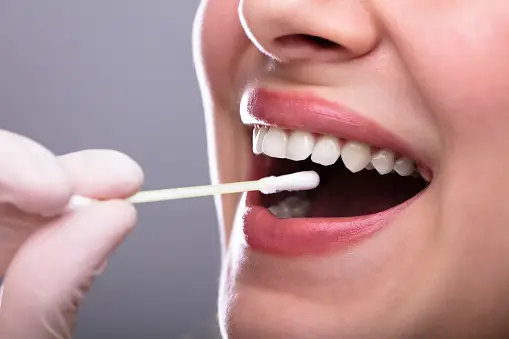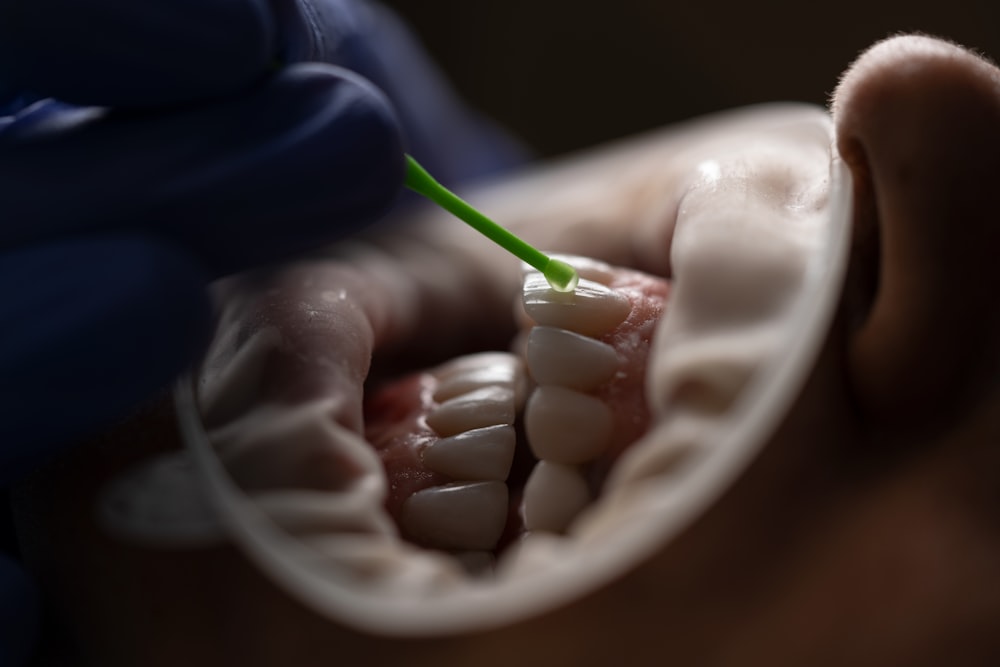
20 Sep Can I Improve My Dental Hygiene with Oil Pulling?
Dental Hygiene Practices
Oil pulling, an ancient practice rooted in Ayurvedic medicine, has gained popularity in recent years as a natural method for improving dental hygiene and promoting oral health. The process involves swishing a tablespoon of oil, typically coconut or sesame oil, around your mouth for a designated period, usually about 15-20 minutes, before spitting it out. Proponents of oil pulling claim that it can help eliminate harmful bacteria, reduce plaque buildup, and freshen breath, among other benefits. But is oil pulling an effective way to improve dental hygiene, and should you consider trying it before more conventional methods? In this article, we’ll delve into the practice of oil pulling, its potential benefits, and whether it should be your go-to method for oral care.
The Basics of Oil Pulling
Oil pulling is a simple yet somewhat unconventional practice. It primarily involves the use of natural oils, such as coconut, sesame, or sunflower oil, as a mouthwash substitute. Here’s a step-by-step guide to how oil pulling is typically done:
Select an Oil
The first step is to choose an edible oil for the practice. Coconut oil is a popular choice due to its mild flavor and potential health benefits, but other oils like sesame and sunflower can also be used.
Measure a Tablespoon
Put approximately one tablespoon of the chosen oil in your mouth. Many practitioners recommend starting with a smaller amount and gradually increasing it as you become more comfortable with the process.
Swish It Around
Once the oil is in your mouth, swish it around vigorously, making sure it covers all areas of your mouth – teeth, gums, and tongue. The recommended swishing time is typically 15-20 minutes, although some people may do it for longer.
Avoid Swallowing
It’s essential not to swallow the oil during swishing as it may contain harmful bacteria and toxins. Instead, move it around in your mouth and between your teeth.
Spit It Out
After the designated time, spit the oil into a trash can, as spitting it into the sink could lead to clogged pipes over time. The oil may appear thicker and whiter than when you started due to the mixing with saliva and the removal of toxins.
Rinse and Brush
Rinse your mouth thoroughly with warm water or salt water to remove any remaining oil. Then, brush your teeth as usual.
Repeat Regularly
Many proponents suggest doing oil pulling daily, typically in the morning before eating or drinking anything, for maximum benefits.
Now that you know how oil pulling is done let’s explore its potential benefits for dental hygiene.

Potential Benefits of Oil Pulling
Reduces Harmful Bacteria
One of the primary claims associated with oil pulling is its ability to reduce the number of harmful bacteria in the mouth. Bacteria like Streptococcus mutans are responsible for tooth decay and gum disease. Oil pulling may help inhibit their growth and reduce the risk of oral infections.
Fights Bad Breath
Oil pulling can help combat bad breath by removing odor-causing bacteria and keeping your mouth feeling fresh.
Reduces Plaque and Gingivitis
Some studies suggest that oil pulling can reduce plaque buildup and gingivitis, a common gum disease characterized by inflammation and bleeding gums.
Whitens Teeth
Over time, oil pulling may help remove surface stains from teeth, leading to a brighter smile.
Natural and Non-Abrasive
Unlike some commercial mouthwashes that contain alcohol and harsh chemicals, oil pulling is a natural and non-abrasive method that doesn’t harm the delicate tissues in your mouth.
Promotes Gum Health
Oil pulling can help strengthen gums by reducing inflammation and supporting overall gum health.
Cost-Effective
Oil pulling is relatively inexpensive, especially when compared to regular dental check-ups and commercial oral care products.
Despite these potential benefits, it’s crucial to approach oil pulling with a balanced perspective and consider its limitations and potential drawbacks.
Should You Try Oil Pulling for Dental Hygiene?
Before you decide whether oil pulling is right for you, it’s essential to understand its limitations and consider your specific dental needs and preferences.
Limited Scientific Evidence
While some studies suggest potential benefits of oil pulling, the scientific evidence is limited and not conclusive. More research is needed to establish its effectiveness definitively.
No Replacement for Brushing and Flossing
Oil pulling should not replace essential oral hygiene practices such as brushing and flossing. These actions are necessary to physically remove food particles and plaque from your teeth.
Time-Consuming
Oil pulling requires a time commitment of 15-20 minutes daily, which may not be feasible for everyone, especially those with busy schedules.
Taste and Texture
Some people find the taste and texture of oil in their mouth uncomfortable, making it challenging to perform oil pulling consistently.
Potential Discomfort
Swishing oil for an extended period can lead to jaw fatigue and discomfort for some individuals.
Allergic Reactions
It’s essential to choose an oil that you are not allergic to, as allergic reactions can occur in rare cases.
Consultation with a Dentist
Before starting oil pulling or any new oral care routine, consult with your dentist. They can provide personalized advice based on your dental health needs and guide you on the best approach.
What Alternatives Are There?
If you’re looking for alternatives to oil pulling or are unable to incorporate it into your dental hygiene routine, there are several other practices and products you can consider to maintain good oral health. Here are some alternatives:
Traditional Brushing and Flossing
This is the foundation of good oral hygiene. Brush your teeth at least twice a day using fluoride toothpaste and a soft-bristle toothbrush. Floss daily to remove food particles and plaque between your teeth and the gumline.
Mouthwash
Commercial mouthwash products designed for oral hygiene are readily available. Look for those that are alcohol-free and contain fluoride. Mouthwash can help reduce bad breath, fight bacteria, and strengthen teeth.
Antibacterial and Therapeutic Mouthwashes
Some mouthwashes are specifically formulated to combat bacteria and gum problems. They may contain ingredients like chlorhexidine or essential oils. Consult with your dentist to find the most suitable option for your needs.
Hydrogen Peroxide Rinse
A diluted hydrogen peroxide rinse (usually 1 part 3% hydrogen peroxide to 1 part water) can help reduce bacteria in the mouth and whiten teeth. Be cautious not to swallow it, and use it in moderation.
Saltwater Rinse
A warm saltwater rinse can help soothe gum irritation, reduce inflammation, and promote healing. Dissolve half a teaspoon of salt in a glass of warm water and rinse your mouth with it.
Baking Soda
Baking soda can be used as a mild abrasive toothpaste to help remove surface stains from teeth. Mix it with a few drops of water to form a paste, and brush gently.
Tongue Scraper
A tongue scraper or cleaner can help remove bacteria, food debris, and dead cells from your tongue’s surface, which can contribute to bad breath. Use it gently to avoid irritation.
Remember that the most effective oral care routine often combines several of these alternatives to maintain optimal dental hygiene.
A Useful Practice
Oil pulling is an ancient practice that holds promise as a complementary method for improving dental hygiene and promoting oral health. While it may offer benefits such as reducing harmful bacteria, fighting bad breath, and supporting gum health, it should not be considered a standalone replacement for brushing and flossing.
Before trying oil pulling, consult with your dentist to ensure it aligns with your dental health goals and doesn’t conflict with any preexisting conditions. Additionally, be aware of the limited scientific evidence supporting its effectiveness and the potential discomfort or inconvenience associated with the practice.
Whether you should try oil pulling first or as part of your oral care routine depends on your individual preferences and needs. It may be a worthwhile addition to your dental hygiene regimen, but it should not replace established practices recommended by dental professionals. Remember that maintaining good oral health involves a comprehensive approach that includes regular dental check-ups, proper brushing and flossing, and a balanced diet.



Sorry, the comment form is closed at this time.